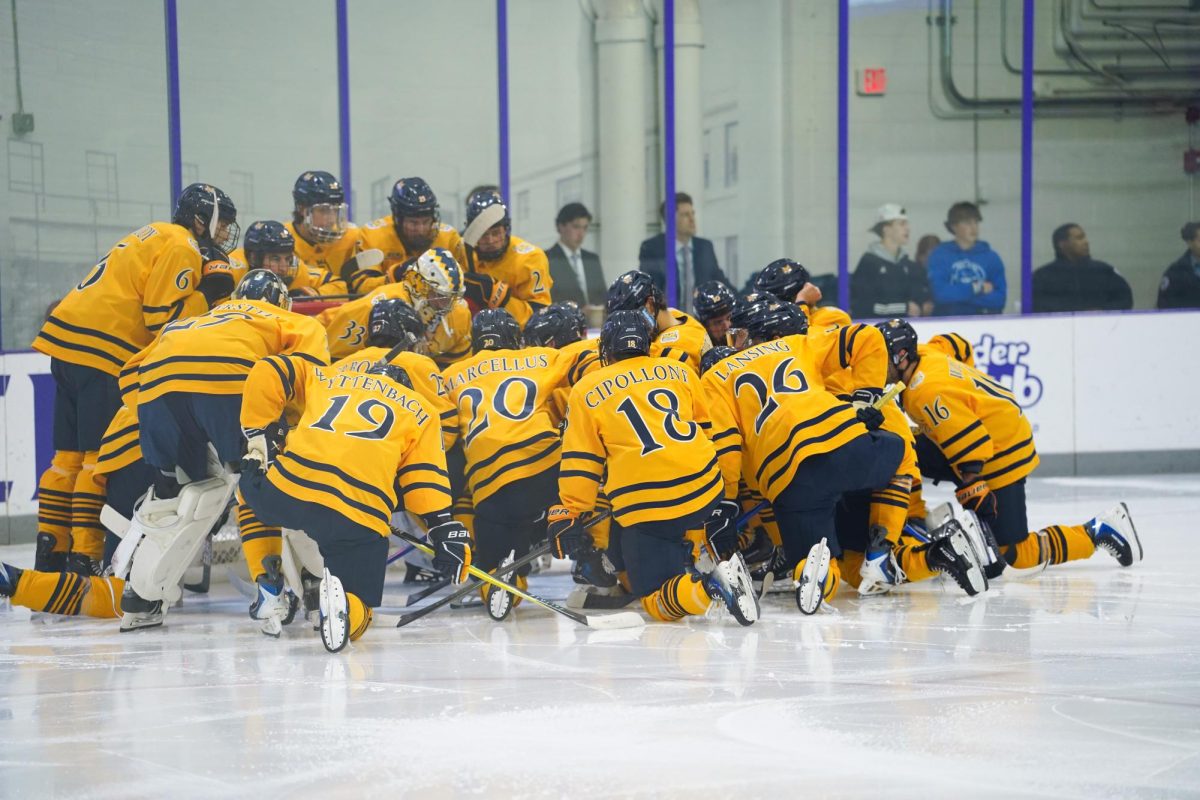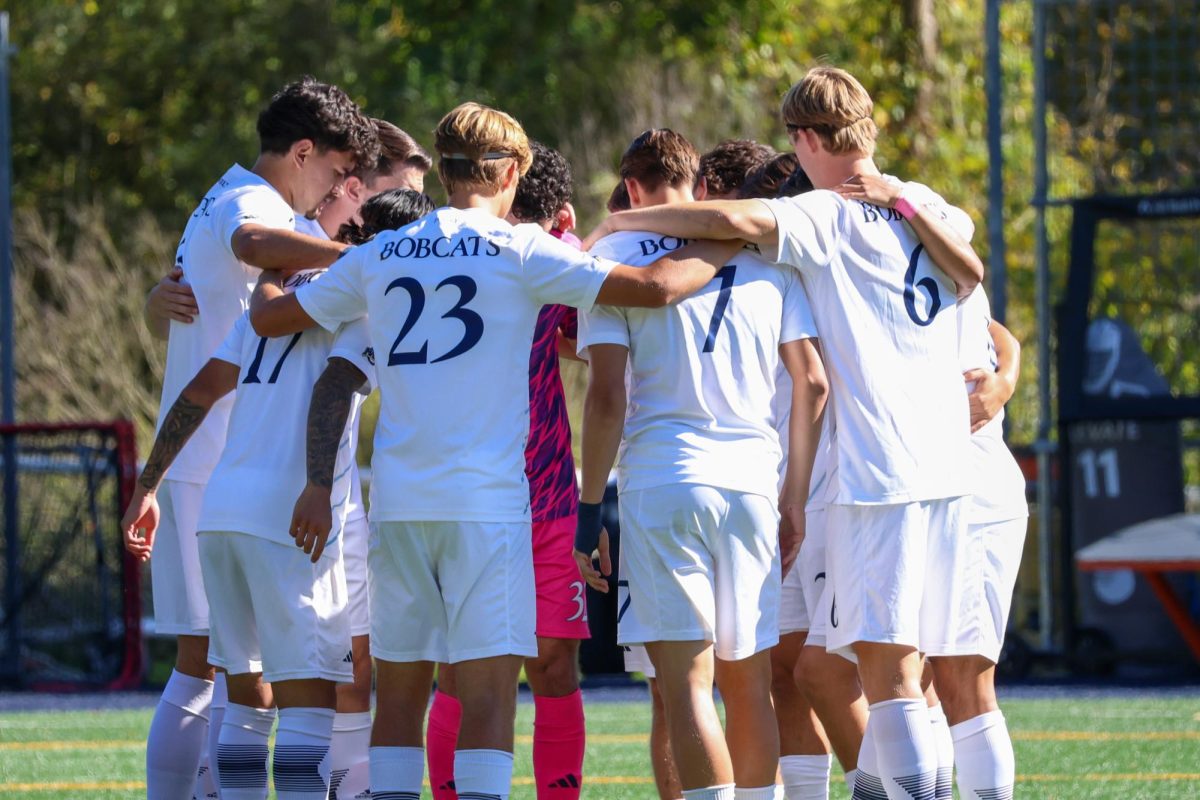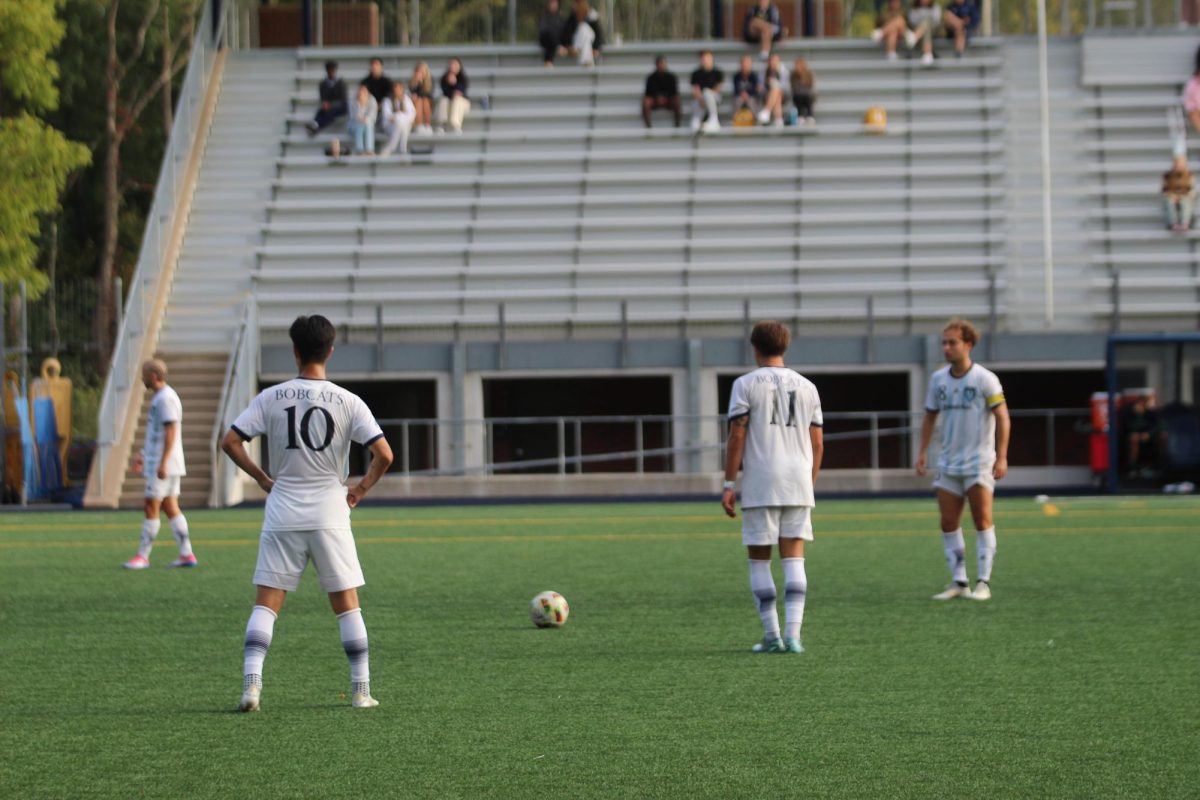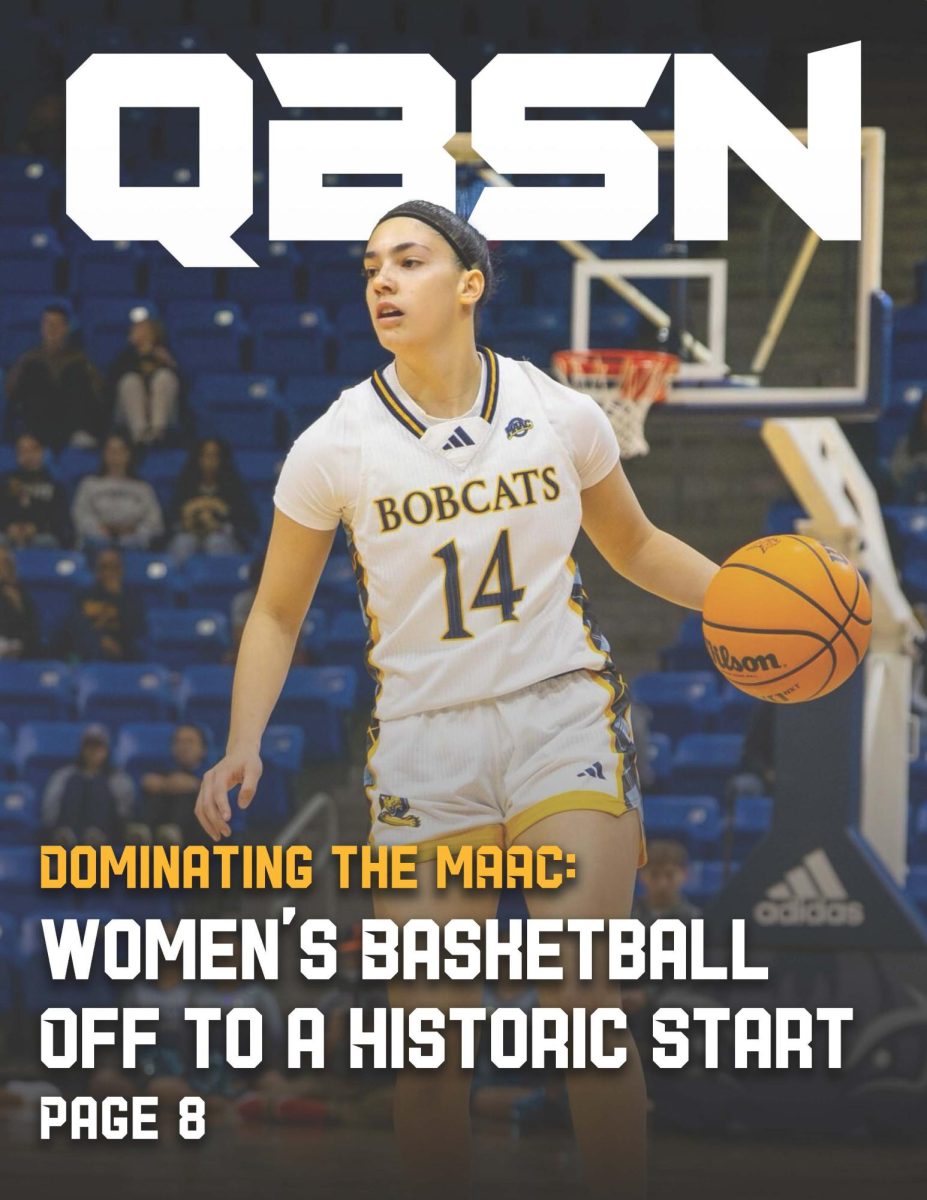
One of the most difficult decisions a teenager has to make is choosing where to go to college. There are a multitude of factors a student takes into account: how much it costs, the location, the size, and if they have the desired major. If you’re a student-athlete, you also have to worry about which schools have your sport, which division you want to compete in, and who wants you on their team. And when it comes to transferring, the whole process, for every student, has to be repeated over again.
Transferring is a lot more common than some may think. A report by the National Student Clearinghouse Research Center concluded that 37.2 percent of college students transfer at least once in a six-year period. Students sometimes even transfer multiple times if they struggle to find the right environment.
For men’s ice hockey defenseman John Furgele, softball first baseman Keala Cordeiro and women’s track & field thrower Michaela Mendygral, they found new homes at Quinnipiac after transferring from their former schools.
Depending on your sport, you may not have the opportunity to change schools and jump right back into the action. According to the National College Athletic Association rulebook, baseball, basketball, football and men’s ice hockey all require a transfer student to sit a year before they start playing again. This rule applied to Furgele, who played his first two years of eligibility at the University of New Hampshire.
“It’s a little frustrating because what if you’re unhappy with a place and you want to go somewhere else, why should you be punished for that?” John Furgele said. “I do understand it though because otherwise, people would be switching every year.”
For Mendygral and Cordeiro, they were able to start playing for their teams as soon as they transferred.
“For eligibility, you only have four years to play a sport. I did my one year at Bucknell University and I’ve got my other three here,” Mendygral said. “When you transfer in, you have a team and it’s great because you know all of these people. You get involved really quickly and you’re practicing right away and every day, so you get to know each other really fast.”
Transferring can be a very long and daunting process. A lot of pressure is put on the student-athletes to repeat the entire college selection process a second time, and hopefully make the right decision. Other times, progress can occur rapidly, and student-athletes can settle in as soon as possible.
“Everything happened really quickly and they were really good about it,” Furgele said. “Sitting out last year and not being able to play was pretty tough, but it went by a lot quicker than I thought.”
Adjusting to a new school is always an obstacle a student has to overcome. Learning the structure and flow of a brand new campus is confusing in itself. Student-athletes have the extra stress of adapting to an unfamiliar team.
“Making new friends was a challenge because I wasn’t living the dorm life,” Cordeiro said. “We didn’t have that at my other college; we just lived with each other in apartments. Other than that, just adjusting to everything and how people act and how the school works.”
If you ask a student exactly why they want to transfer, they will most likely give you various reasons. Each student has a particular argument for their rationale behind switching schools.
“[Bucknell] didn’t have my major, and I wanted to do journalism and I knew that since I was a little kid,” Mendygral said. “I got there and I was an English major, and I thought it was okay and I enjoyed it. But, I still felt like I wasn’t doing what I wanted to do.”
Cordeiro, however, didn’t necessarily choose to transfer out of her previous school. Gulf Coast State College is only a two-year school, so she needed to make plans to attend and play elsewhere. The NCAA rules do not apply to her, so she was able to get going and acclimate right away, even if it was a struggle at first.
“The environment and the size are just so different from Gulf Coast State, but I have softball to guide me,” Cordeiro said. “The girls on my team really helped last year because I did struggle in the beginning trying to adjust. I didn’t know a lot of people and I had to see how the team worked, but it was an adjustment I was willing to make.”
Although every student holds contrasting lists of reasons for transferring, it all comes down to easily acclimating to the environment. For Wallingford, Connecticut native Michaela Mendygral, relocating to Quinnipiac wasn’t her only return home. She found a new home on the field and a new family in her teammates.
“When you transfer in, you have a team and it’s great because you know all of these people are on my team and they have to like me no matter what,” Mendygral said. “I transferred here, I have my team and they’re already my friends. I feel happy, I feel comfortable around these people, and then I was more willing to branch out.”





















